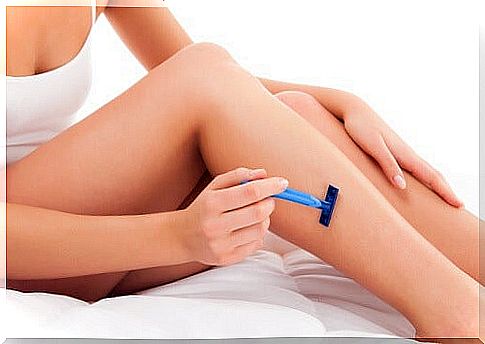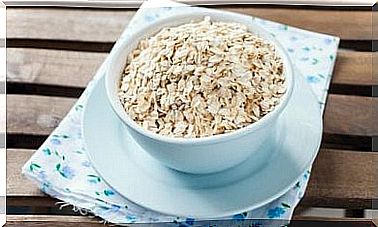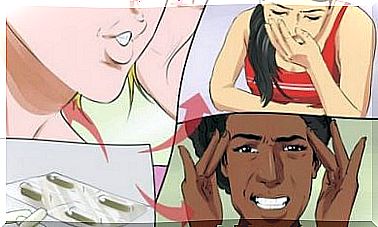Avoid Ingrown Hairs: 6 Tips

Avoiding ingrown hair is one of the most common aesthetic problems, both in men and women. Hair grows under the skin, as the follicles become clogged due to the accumulation of sebum and dead skin cells.
It is frequent among those who have thick or curly hair, since this characteristic makes it difficult for the hair to come out on the surface; also, it can be due to lack of shaving or exfoliation.
While ingrown hairs are not a major problem, it is important to pay attention to them, as they can cause pain, inflammation or even infection.
Fortunately, there are a few things you can do to avoid ingrown hair.
In this article, we want to share our top 6 tips so you can add them to your personal care routine.
Take note!
Tips to avoid ingrown hairs
1. Make use of exfoliants

If you tend to suffer from ingrown hair, you may want to purchase an exfoliating product to remove the impurities that clog the hair follicles.
This treatment softens the skin, as well as eliminates dead skin cells that cause pimples and blemishes.
- Do this 2 or 3 times a week, preferably before shaving.
- Choose natural alternatives, such as honey or brown sugar.
- After using these products, moisturize your skin with a cream or lotion.
2. Choose a suitable hair removal method
Not all skin types accept any hair removal method. While they all work when made correctly, some can cause adverse reactions, such as encysted hair.
For example, hair removal performed with electric razors affects the abnormal growth of the hair, since it does not tear it at the root.
Wax can also cause this problem, as it weakens the roots of the hair follicles, and therefore the hair cannot cross the skin.
Advice
- Avoid using electric razors if they irritate the skin and promote the appearance of ingrown hair.
- Pay attention to hair growth when using methods such as waxing.
- Choose hair removal creams or natural products.
3. Learn how to use the razor correctly

If for reasons of time and for personal reasons you prefer to use the razor, make sure you use it correctly to avoid ingrown hairs.
Advice
- Clean your skin with soap and water before running the razor.
- Apply a moisturizer or shaving cream to keep the skin lubricated.
- While shaving, do it in the direction of hair growth, and not the other way around.
4. Avoid tight-fitting clothing
While it may appear to be unrelated to ingrown hair, wearing clothing that is too tight, especially after hair removal, can hinder hair growth.
This is due to the fact that the skin has a reduced ability to “breathe”, which compromises the health of the hair follicles.
Advice
- Choose comfortable clothing, in cotton or breathable fabrics.
- If you have recently shaved, avoid using skinny jeans or similar items.
5. Use warm compresses

Applying warm compresses before hair removal is one of the best known methods for facilitating hair extraction and avoiding ingrown hairs.
The heat softens the area, opens the pores and helps keep the follicles in good condition, preventing them from suffering from occlusions.
Advice
- Heat some water, and before shaving, wipe it on the skin using a soft cloth.
- If desired, apply warm compresses 2 times a day, until the hair grows normally.
6. Use an antiseptic product
In order to prevent follicle infections, the use of a lotion or antiseptic product is recommended after hair removal.
This is because razors can break the top of the follicle, making it easier for bacteria and microorganisms to enter.
Advice
- After shaving, dry your skin carefully and disinfect it with an antiseptic.
- If you don’t have a commercial disinfectant, opt for natural products like honey, garlic, or aloe vera.
Do you often suffer from this problem? If every time you shave, ingrown hairs appear, put these tips into practice and you will reduce them as much as possible.
If you notice a pimple or follicular infection, consult a dermatologist.









